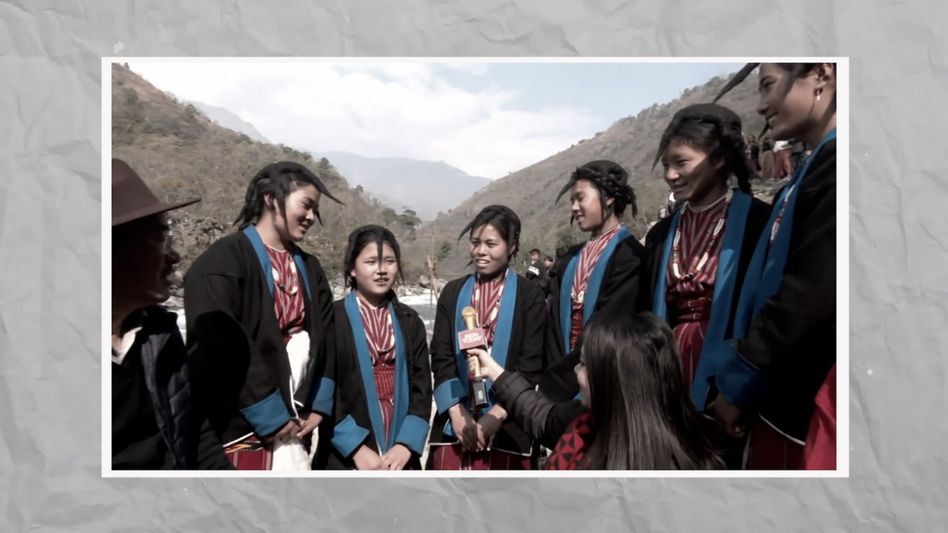
Bonglang: How Tawangchu Tides 2024 put Arunachal's last village on Google map
Bonglang, a remote village in Arunachal Pradesh, is gaining recognition through the Tawangchu Tide International Kayaking Event. Despite geographical challenges, education levels are rising, although healthcare accessibility remains an issue.
 village recently gained recognition by hosting the Tawangchu Tide International Kayaking Event, which not only introduced the locals to water sports but also attracted tourists and adventure enthusiasts from around the globe.
village recently gained recognition by hosting the Tawangchu Tide International Kayaking Event, which not only introduced the locals to water sports but also attracted tourists and adventure enthusiasts from around the globe.- Bonglang recently hosted the Tawangchu Tide International Kayaking Event.
- Education level in Bonglang is improving, with schooling available up to eighth standard.
- The village faces challenges in healthcare access and further educational opportunities.
Bonglang, the last village of Arunachal Pradesh, being nestled in the eastern Himalayas, likely boasts stunning natural scenery. Arunachal Pradesh itself is renowned for its breathtaking landscapes, rich biodiversity, and cultural diversity.
Hosting the Tawangchu Tide International Kayaking Event not only introduces the villagers to water sports but also puts their village on the map for tourists and adventure enthusiasts. The natural beauty and suitability of the Tawangchu River for kayaking make it an ideal location for such an event.
Education and Healthcare

"Bonglang village is having up to class eight. So education level also rising in this remote part of the country. There are three-gram panchayats here with more than 400 villagers", one local said.
Talking to IndiaTodayNE, Kanki Darang, Tawang DC said, "Efforts are underway to preserve the unique cultural identity of Bonglang and support sustainable development initiatives that empower the local community while safeguarding their way of life for future generations.
Despite the serene beauty of their surroundings, residents of Bonglang face numerous challenges, including limited access to healthcare and educational opportunities.
The pretty simple lives of Bonglang

Life in Bonglang revolves around the rhythms of nature and the traditions passed down through generations. Characterized by its tight-knit community bonds. Residents live in close proximity to one another, often sharing resources and helping each other in times of need. Houses in Bonglang are typically constructed using locally available materials such as bamboo, wood, and thatch. These traditional dwellings blend seamlessly with the natural surroundings and reflect the indigenous architectural style of the region.
Mountainous Terrain and Lush Greenery

Arunachal Pradesh is characterized by its rugged mountain ranges, including the Eastern Himalayas. The last village would likely be surrounded by towering peaks, offering panoramic views of snow-capped mountains, especially during the winter months. The region is abundant in dense forests, with a variety of flora and fauna. The last village is likely situated amidst verdant forests, providing a serene and tranquil environment. The forests are home to a diverse range of plant species, including rare orchids and medicinal herbs.
The serene Tawangchu River

Bongang is crisscrossed by Tawangchu river which streams originating from the Himalayas. It situated near the pristine river, offering opportunities for fishing, rafting, and other water-based activities. Additionally, cascading waterfalls are a common sight in the region, adding to the natural beauty.
A visual treat for birdwatchers

The region is renowned for its rich biodiversity, with numerous endemic species found nowhere else in the world. Birdwatchers and nature enthusiasts would likely be delighted by the variety of avian species, including rare and endangered birds.
Copyright©2025 Living Media India Limited. For reprint rights: Syndications Today









